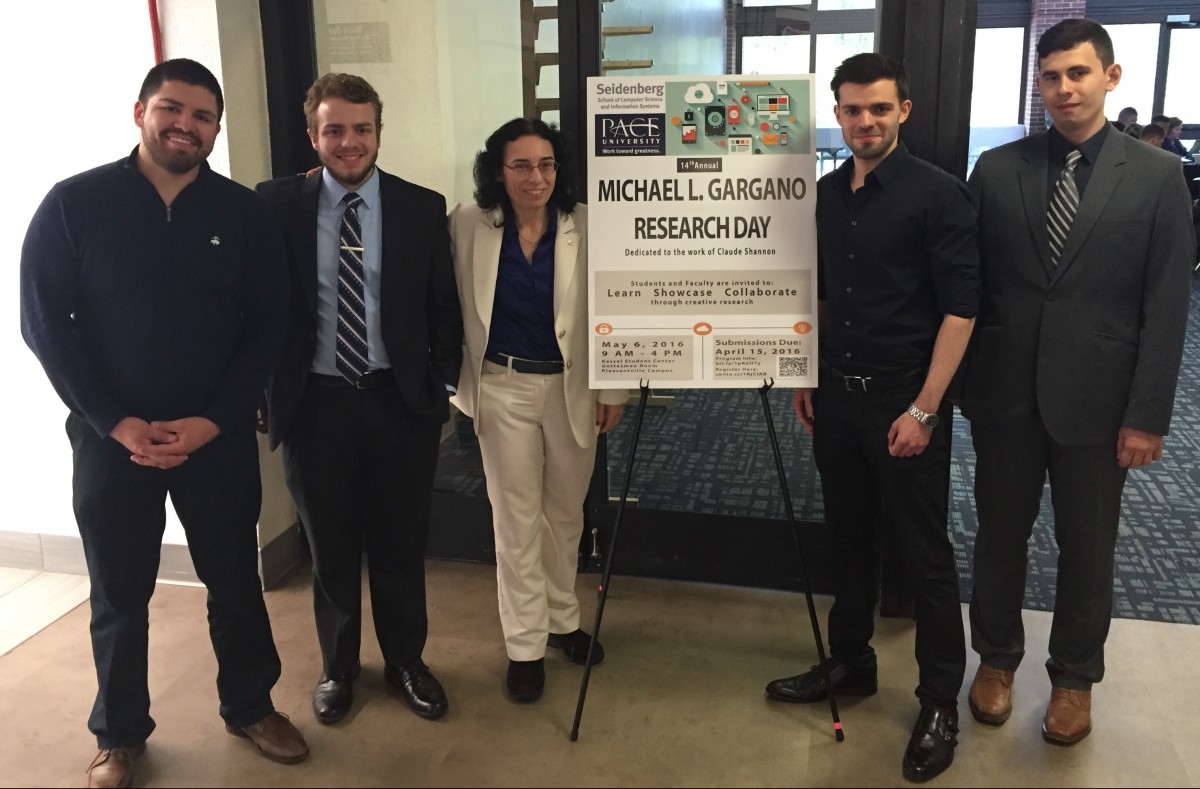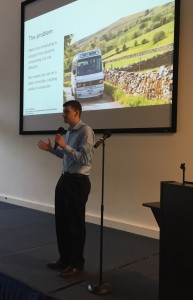On May 5, 2017, members of the Pace community gathered for the 15th Michael L. Gargano Faculty-Student research day. This year’s conference was dedicated to the work of Frank Rosenblatt, an American psychologist notable in the field of artificial intelligence for the invention of perceptrons, a class of neural networks.
Rosenblatt is also considered the ‘father of Deep Learning,’ as his development of perceptrons has evolved into deep learning networks.
 The Dean of the Seidenberg School, Dr. Jonathan Hill, kicked off the event. “I am delighted to see so many people here today,” he said. “This research day is a brilliant reflection of the doctoral work going on here, the master level research that is taking place, and the undergraduate research that is a hallmark of this School, and indeed the University.”
The Dean of the Seidenberg School, Dr. Jonathan Hill, kicked off the event. “I am delighted to see so many people here today,” he said. “This research day is a brilliant reflection of the doctoral work going on here, the master level research that is taking place, and the undergraduate research that is a hallmark of this School, and indeed the University.”
Dr. Hill spoke about the history of the day, including the decision to name it after Michael Gargano, who he described as “one of the forces of life.”
“He recruited many people [to our DPS program] and served as advisor to them. I think a lot of us have worked overtime to make up for Michael’s loss and to bring the energy that he had.
“The only way we can do that . . . is to be learned, to read widely, and to speak to each other about our work, and create an environment where people can come together and share their work.”
 Dr. Hill then introduced Dr. Charles Tappert, who manages the DPS program and organized the day.
Dr. Hill then introduced Dr. Charles Tappert, who manages the DPS program and organized the day.
Dr. Tappert gave a presentation about Frank Rosenblatt, who had been his dissertation advisor, and deep learning. “Deep learning is now causing a revolution in artificial intelligence,” he said. He argued for Rosenblatt receiving the title of ‘father of deep learning’ – as there are quite a few people up for the name – and spoke about his significant contributions to the field.
 Afterwards, the conference began in earnest! It was an extremely packed day, with many students and faculty presenting their papers on myriad topics. The day was split into four paper sessions: the first was about data analytics and the internet of things, the second was about mobile applications and miscellaneous information technology, the third, machine learning, and the final section focused on biometrics, security, optimizations, and knowledge representation. Each section included between nine and twelve papers, making for a busy day of learning.
Afterwards, the conference began in earnest! It was an extremely packed day, with many students and faculty presenting their papers on myriad topics. The day was split into four paper sessions: the first was about data analytics and the internet of things, the second was about mobile applications and miscellaneous information technology, the third, machine learning, and the final section focused on biometrics, security, optimizations, and knowledge representation. Each section included between nine and twelve papers, making for a busy day of learning.
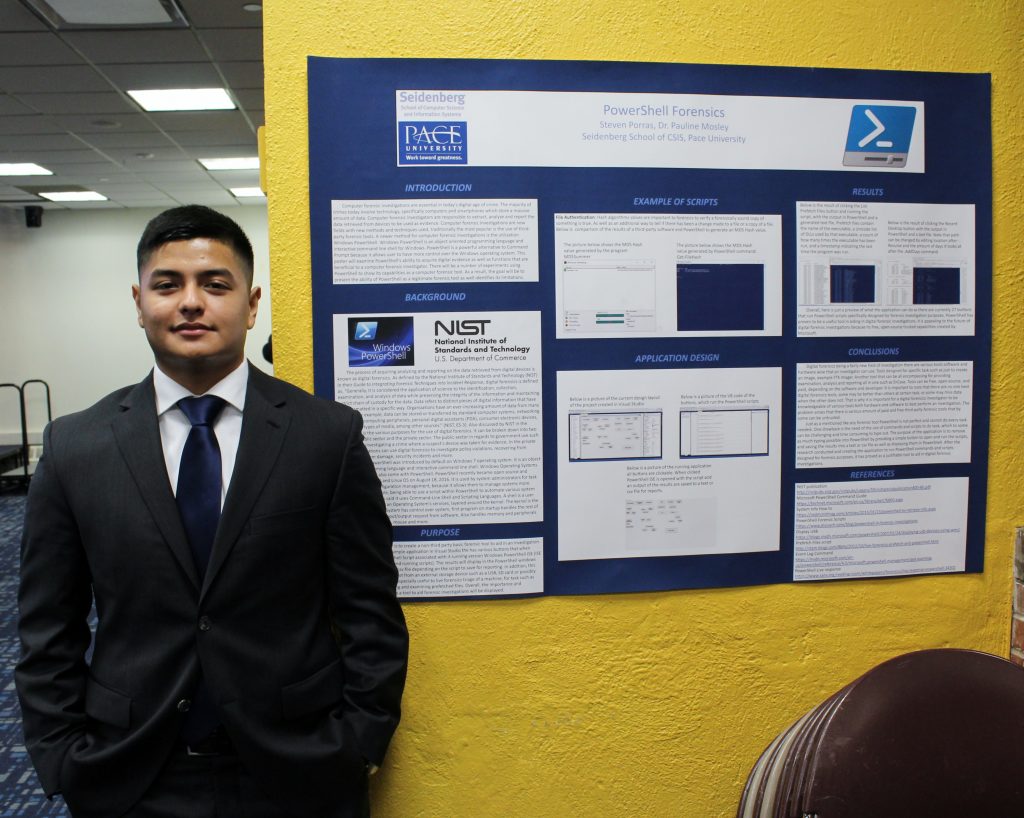
The list of presentations is too long to include here, but you can check it out on Charles Tappert’s university page. Slideshows and papers are all available on the website, so be sure to check them out!
A hearty congratulations to all who presented this year – we look forward to seeing you again in 2018!
Read about last year’s record-breaking research day.
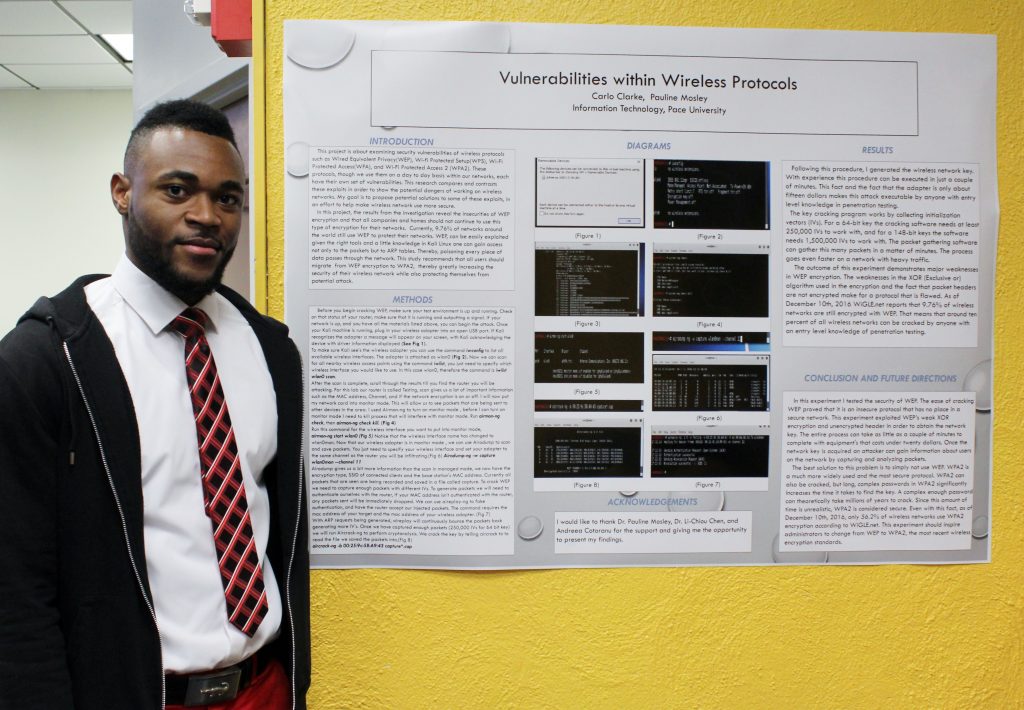


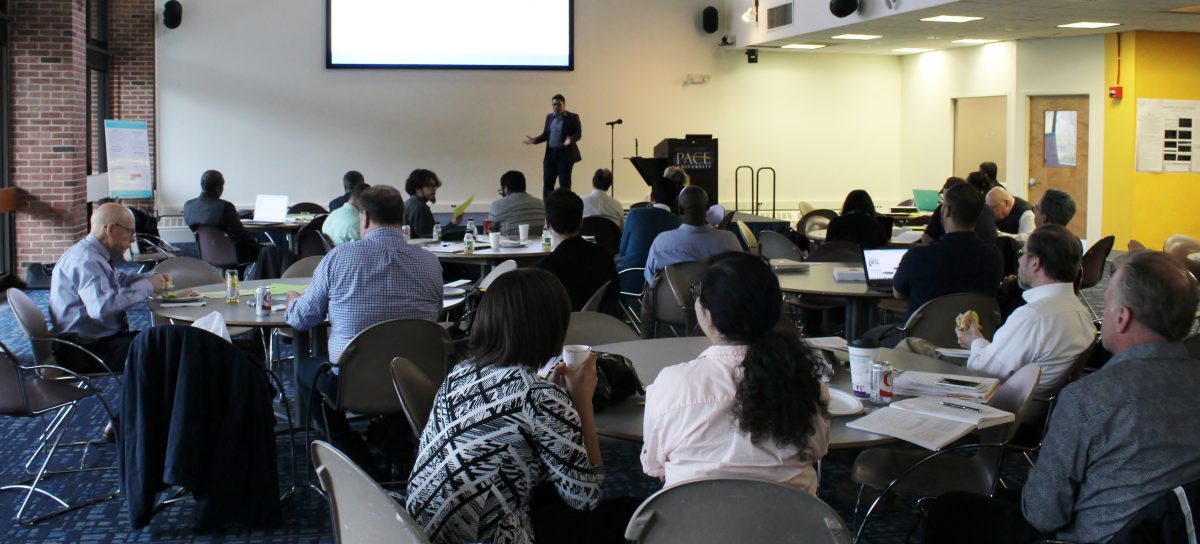
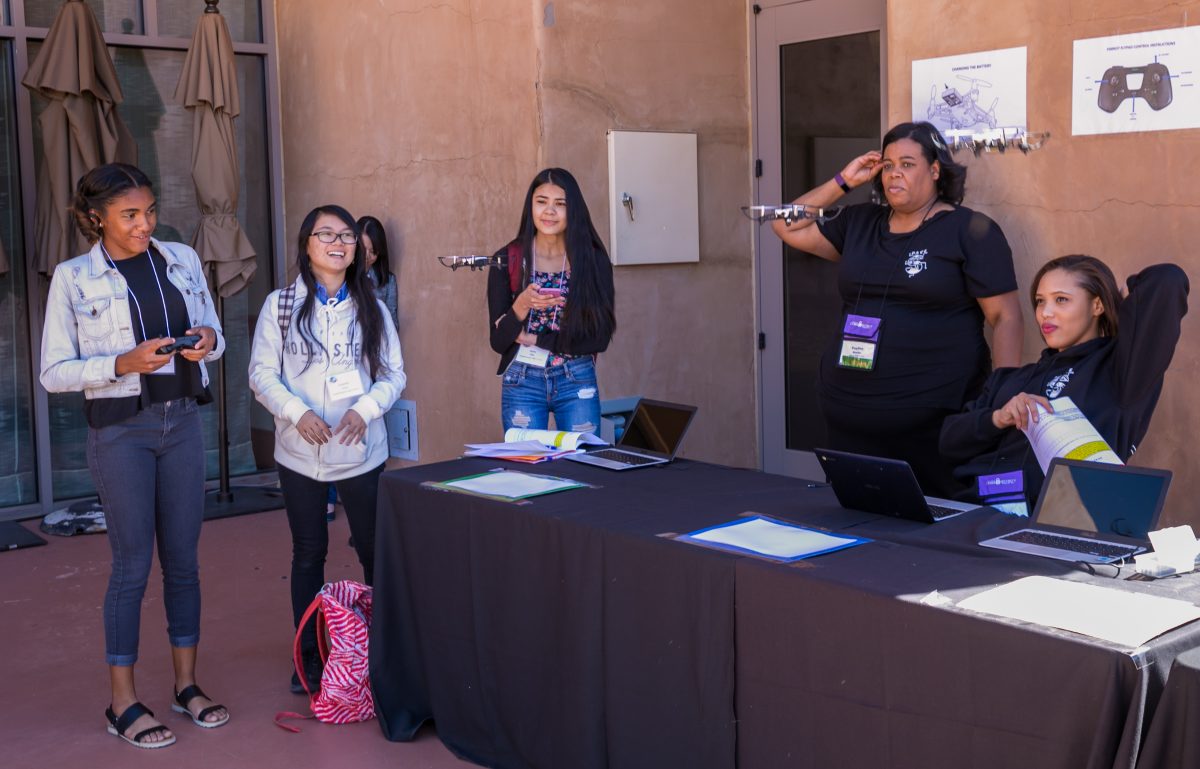

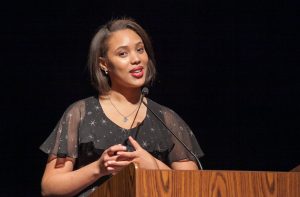 Seidenberg was also represented on the conference main stage! Norissa Lamaute gave a lightning talk on Musical Cryptography. Norissa’s research implements musical theory to create a consonant cipher that allows for the exchange of secret messages. This project also includes the work of Alexa Piccoli (
Seidenberg was also represented on the conference main stage! Norissa Lamaute gave a lightning talk on Musical Cryptography. Norissa’s research implements musical theory to create a consonant cipher that allows for the exchange of secret messages. This project also includes the work of Alexa Piccoli (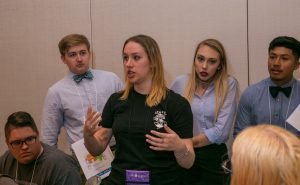 Lizzie Molloy also found inspiration at the conference. “My WiCyS experience is something very hard to put into words, not because it wasn’t what I was expecting, it was everything I was expecting and more. […] One of my biggest takeaways from this event was the strong bond I createed with my fellow colleagues. [Together] we realized we can do things we always wanted to do and more. This experience has helped me shape my academic and professional future in many ways. There are more experiences and opportunities available that I never thought were even possible.”
Lizzie Molloy also found inspiration at the conference. “My WiCyS experience is something very hard to put into words, not because it wasn’t what I was expecting, it was everything I was expecting and more. […] One of my biggest takeaways from this event was the strong bond I createed with my fellow colleagues. [Together] we realized we can do things we always wanted to do and more. This experience has helped me shape my academic and professional future in many ways. There are more experiences and opportunities available that I never thought were even possible.”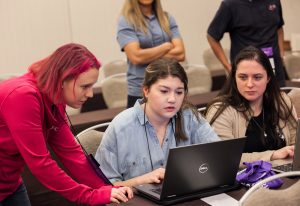 Now that the
Now that the 